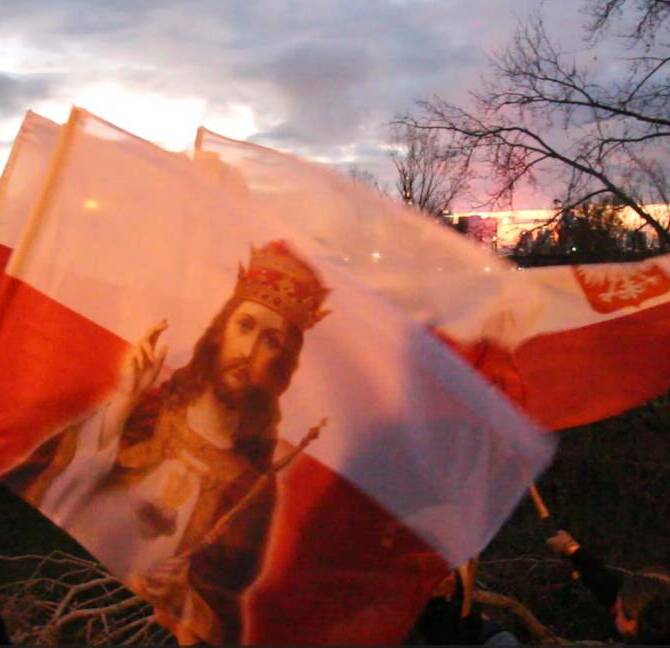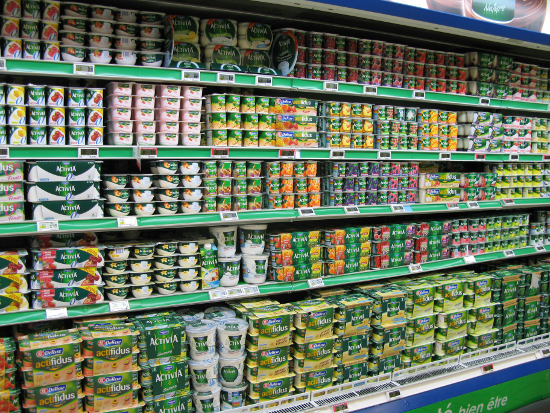By Thibaud Cassel.
Slovenia – Following the resignation of the Prime Minister Miro Cerar on March 14, general elections will take place in Slovenia this Sunday, June 3. This is the occasion to inquire into the possible evolutions of this country bordering the Visegrád Group (V4), while an unprecedented political recomposition appears through the European countries.
Closing the book of Yugoslavia
The political history of Slovenia has been merged with the ones of the Republic of Venice or the Empire of Austria for a long time. The Balkan orientation has been an exception of the last century, as well as the ideological coloration of the country, that became mostly Marxist following the anti-fascist resistance during the 2nd World War. The Titist Yugoslavia has maintained a Socialist cast during 45 years and nothing changed after the independence from Belgrade in 1990: the same elites did then recycle their ideology into social-democracy and social-liberalism. A timid center-right imposed itself in 2000, from 2004 to 2008 and in 2012-2013, meaning 7 years out of the 27 of the post-socialist period. Let’s finally notice that this “right wing” tendency was nothing else than the antithesis of the upfront socialism of Slovenian fashion.
Slovenia faces unprecedented hardships
Becoming a member of the EU in 2004, Slovenia was the first post-socialist country to integrate the euro zone as soon as 2007. This idyll did not last long. The Slovenian economy experienced the maximum impact of the crisis of 2008 due to its link to the German monetary standards. The exportations strongly decreased and the tutelage of the country by international institutions has been narrowly avoided in 2013.
The wiggle room of this country of two millions inhabitants is quite limited. The migratory question has thus the function of a revealer. For this time, the results of the European policy are very clear to see. And this time also, the will of Brussels is confronted with a categorical refusal from more and more States. This is the moment for many Slovenes to understand that their political elite is more managing than governing, and this in the most docile way towards Brussels.
60.000 migrants might be in transit towards Western Europe via the Balkans. 1300 trials of illegal entry have already been registered from January to April 2018, this is four times more than during the same period of 2017. Since Hungary does protect the integrity of the Schengen area on its Southern border, the access to the latter via the Balkan route occurs through Slovenia. One understands then that this topic has been in the very centre of the electoral campaign that now comes to its end.
The migratory question, the societal agenda of the libertarian lobbies and the economic difficulties: these are the three vectors of the political renewal in this country, in front of which the left and center-left old guard is completely powerless.
The time has come for a political renewal, on both left and right
This is what explains the probable victory of the Slovenian Democratic Party (SDS) credited of 25 % of vote intentions, 16 points ahead of the SMC lead by the resigned Prime Minister. The president of the SDS, Janez Janša, is an experienced politician who lead the government from 2004 to 2008 and from 2012 to 2013. He represents the increase of a right-wing tendency in this country, that looks at Viktor Orbán like a precursor. Of course, a political orientation inspired by the Hungarian Fidesz or the Polish PiS would not eliminate immediately the strong grip of the “post-socialists” on the State apparatus, the medias, the big companies and the city hall of the capital.
Meantime, an ideological renewal also occurs on the left, that is the duty of the party Levica (the left), that emerged in 2014, with 6% of the votes. Close to Die Linke or Siriza, this party opposes the German ordo-liberalism but approves quotas of repartition for the migrants as well as the societal reforms (“homosexual marriage”, etc.). His role in the opposition is to pull the left wing government towards extreme leftist positions. Levica is particularly popular among the cosmopolitan youth of the cities, and the recent opinion polls give it around 6% of the vote intentions.
On the right side, several parties are linked to the European People’s Party (EPP) and might be ready for an alliance with the SDS, among which the party New Slovenia (NSi) of MEP Alojz Peterle. But within the ideological blur of the EPP, solely the political line inspired by the Fidesz of Viktor Orbán seems to please people. It allows finally to the conservative tendencies to get an ambitious political content instead of just existing as an opposition to the left.
That is why the visit of Viktor Orbán in Slovenia on May 11 has drawn so much attention.
The SDS, with the help of its Hungarian neighbour, is credited of 25% of vote intentions and places itself ahead of all other 12 parties. Let’s also notice that massive abstention in Slovenia always confers a big incertitude to elections. Furthermore, the government coalition will without any doubts impose a more mitigated political line. But a first victory is already there: there is a conservative party in Slovenia, that is neither caricatural nor archaic, and this is an additional stone for the building of Central Europe.




